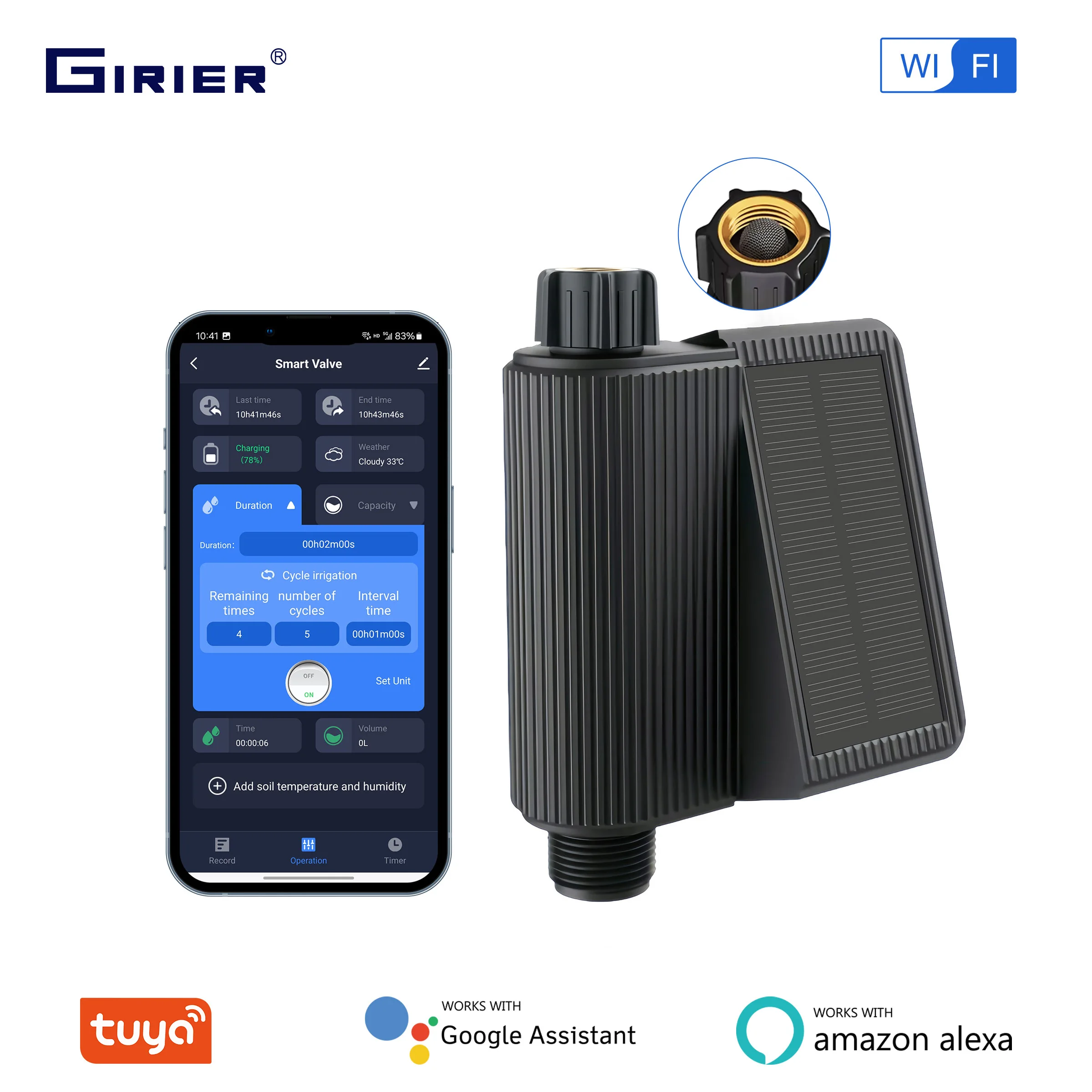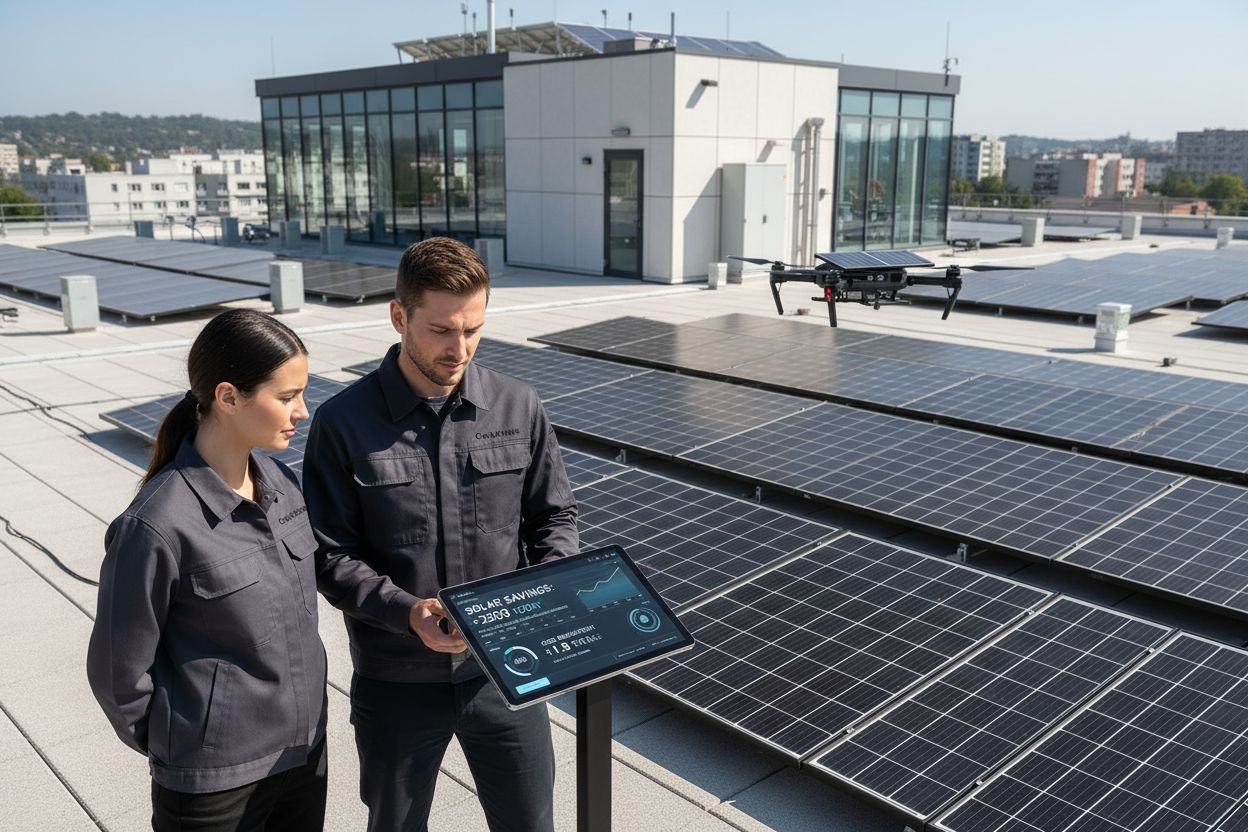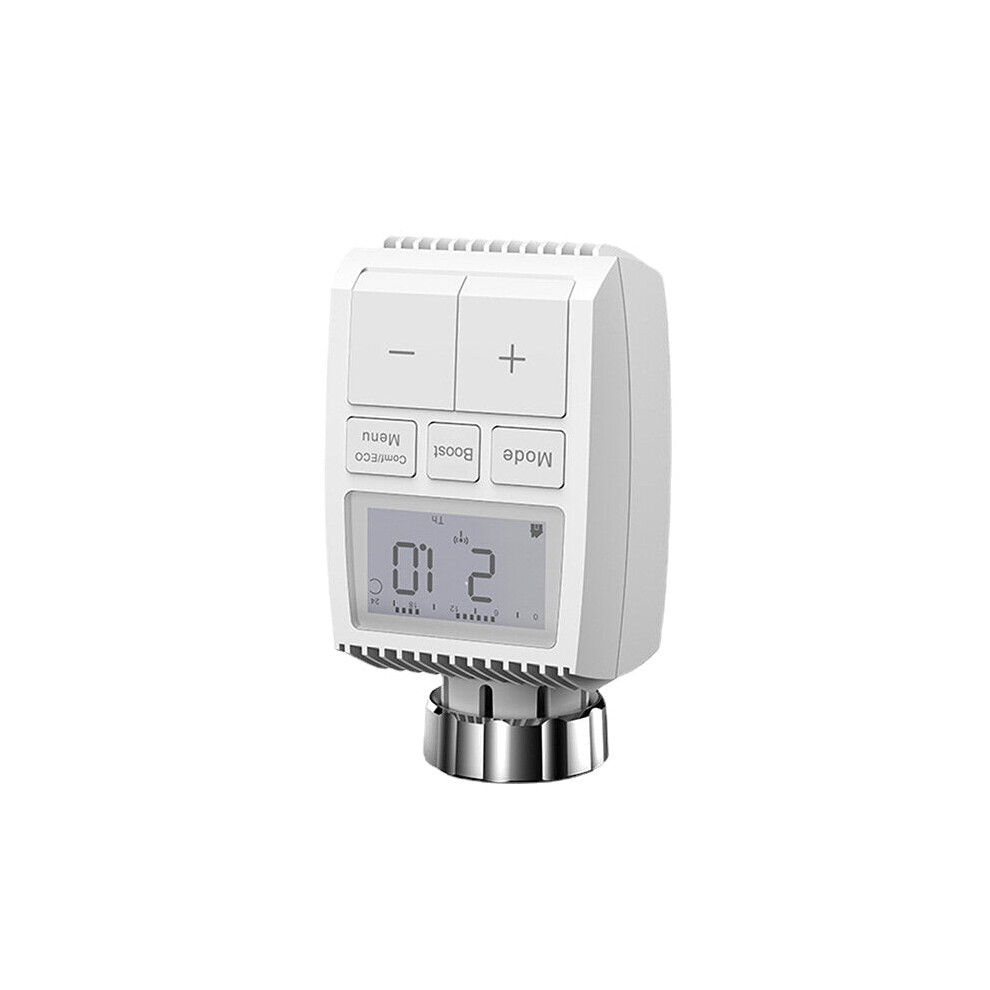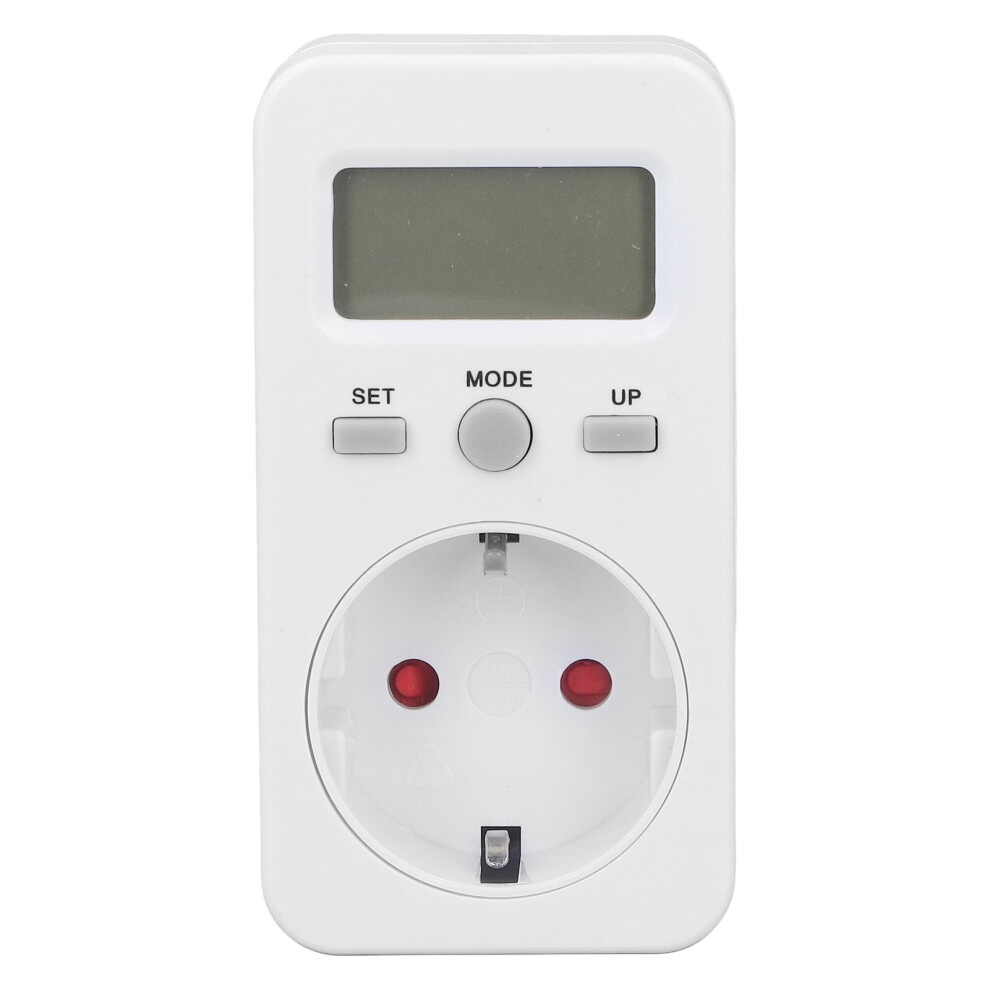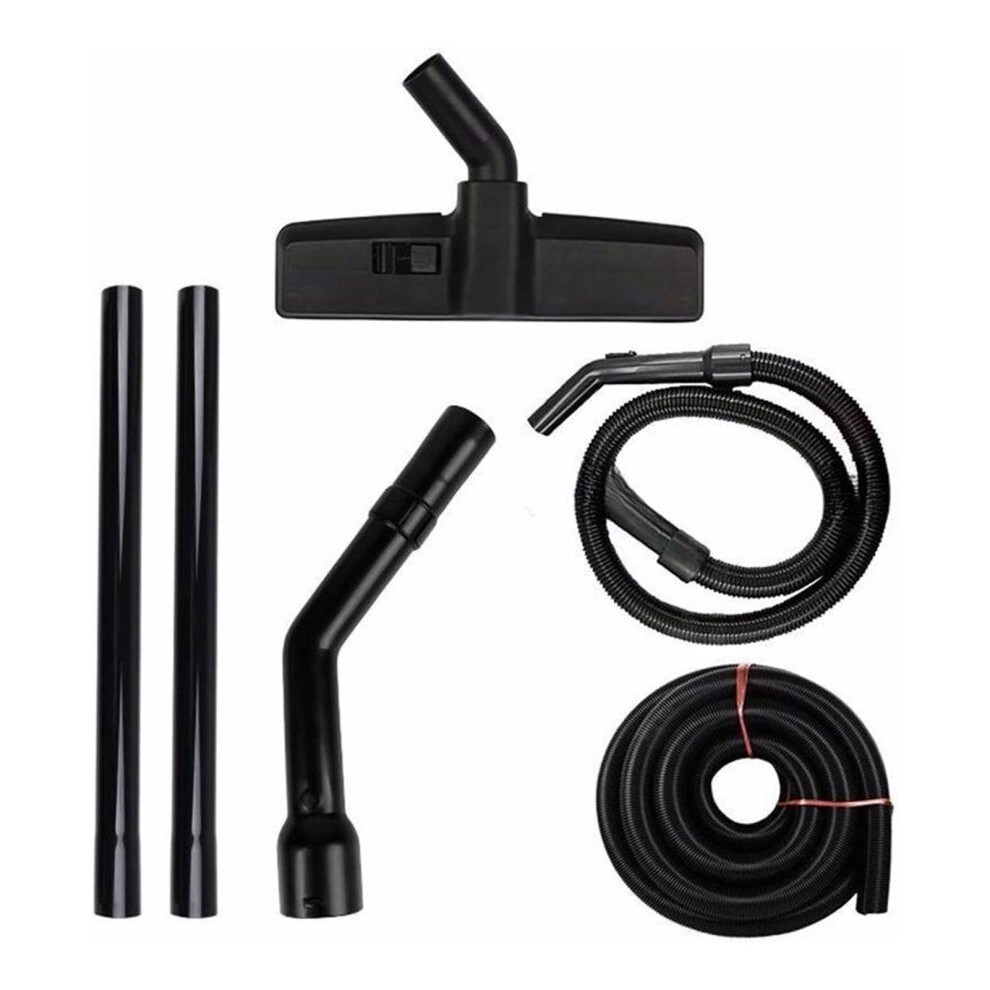


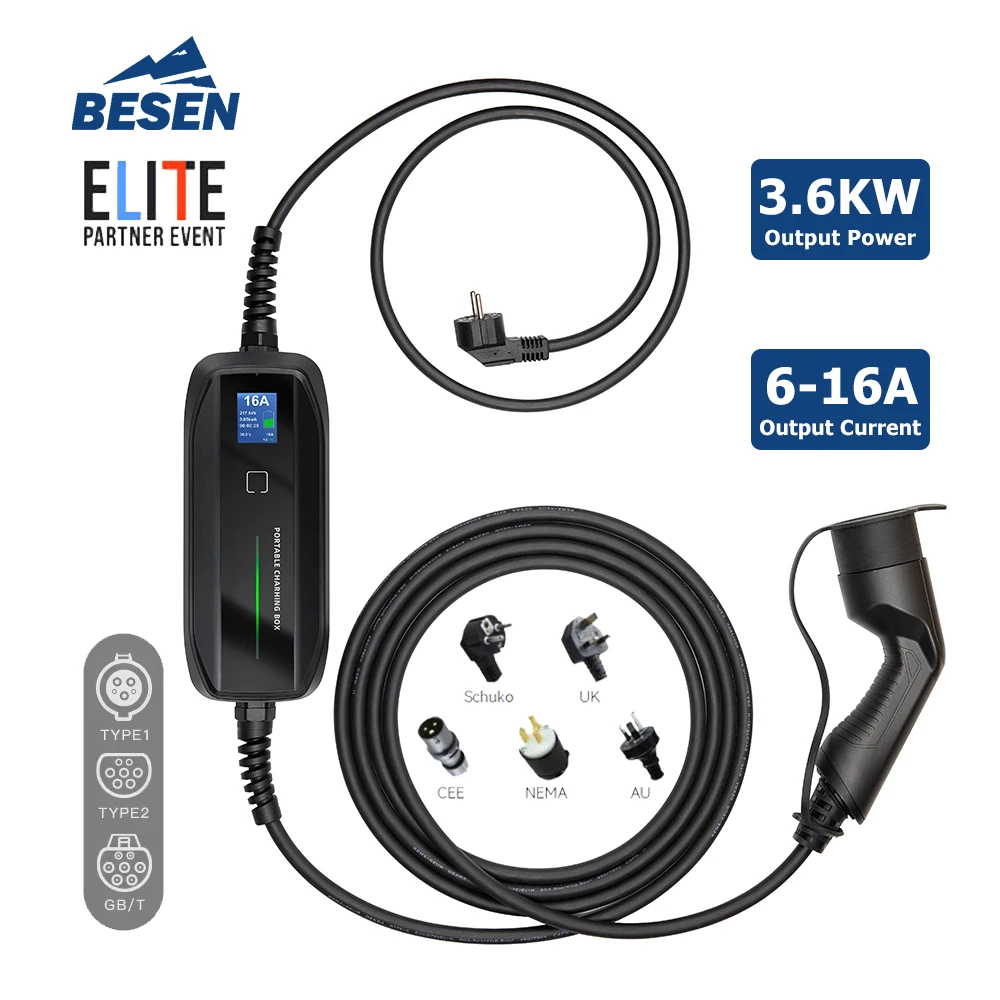
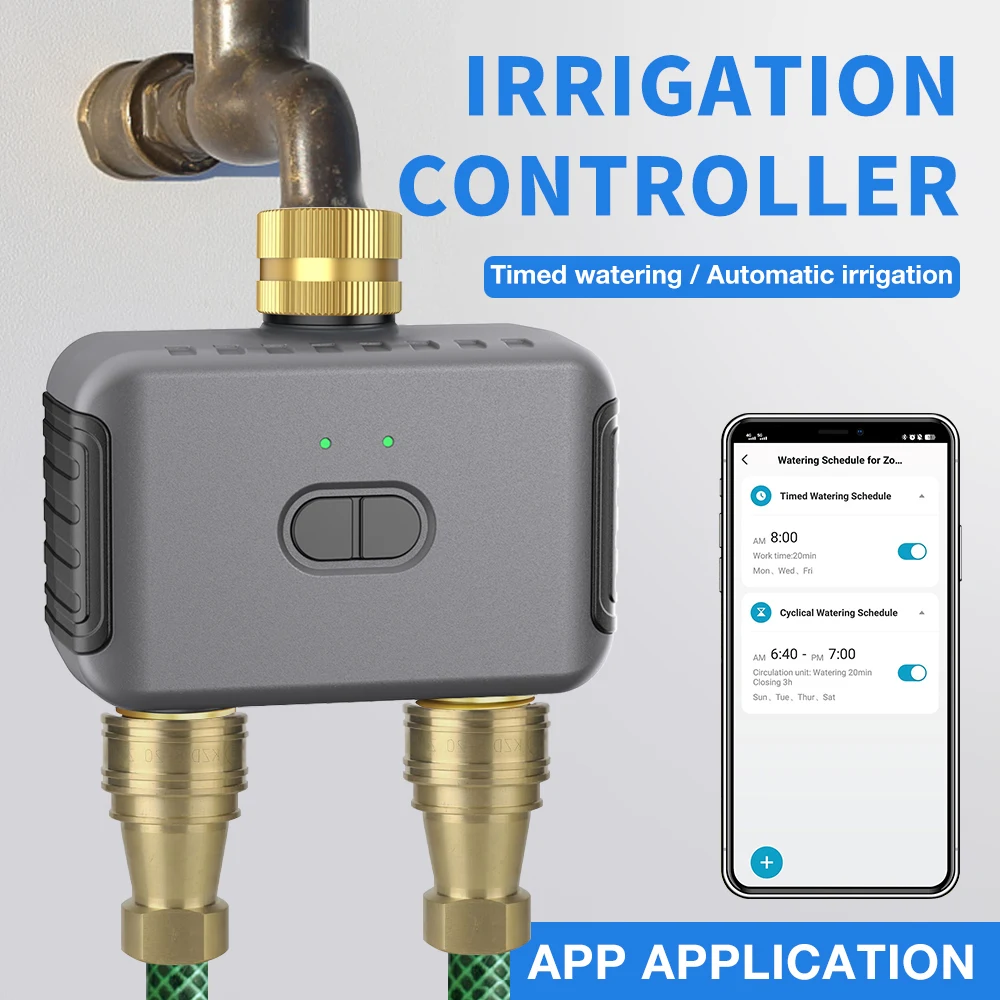
{
“@type”: “Article”,
“author”: {
“url”: “https://htexs.com”,
“name”: “Htexs”,
“@type”: “Organization”
},
“@context”: “https://schema.org”,
“headline”: “7 Essential Examples of Sustainable Tech for Smart Living”,
“publisher”: {
“url”: “https://htexs.com”,
“name”: “Htexs”,
“@type”: “Organization”
},
“inLanguage”: “en”,
“articleBody”: “Explore 7 essential examples of sustainable tech, from solar panels to smart energy systems. Learn actionable solutions to embrace eco-friendly innovation today.”,
“description”: “Explore 7 essential examples of sustainable tech, from solar panels to smart energy systems. Learn actionable solutions to embrace eco-friendly innovation today.”,
“datePublished”: “2025-10-21T00:33:36.168Z”
}
Did you know that solar panels can slash household energy bills by about 24% and cut carbon emissions at the same time? As the world searches for cleaner, more affordable energy, this technology is gaining attention among homeowners. Switching to solar brings real financial savings, cleaner air, and even higher property values, making it a smart choice for anyone ready to make a lasting impact and invest in their home’s future.
Quick Summary
| Takeaway | Explanation |
|---|---|
| 1. Install Solar Panels for Savings | Solar panels can reduce energy bills by approximately 24%, leading to significant annual savings. |
| 2. Utilize Smart Thermostats for Efficiency | Smart thermostats can decrease heating and cooling costs by roughly 8%, enhancing comfort and saving money. |
| 3. Transition to LED Lighting Solutions | LED lights use up to 90% less energy than traditional bulbs, offering long-lasting, sustainable illumination. |
| 4. Consider Electric Vehicles for Greener Transport | Electric vehicles generate zero emissions and lower operational costs while reducing reliance on fossil fuels. |
| 5. Implement Water Conservation Gadgets | Smart water devices help track usage and cut water waste, promoting sustainable living practices at home. |
Table of Contents
- Solar Panels For Clean Energy Generation
- Smart Thermostats For Efficient Climate Control
- Energy-Efficient Led Lighting Solutions
- Electric Vehicles And Green Mobility Options
- Home Water Conservation Gadgets
- Biodegradable Tech Products For Less E-Waste
- Green Data Centers For Sustainable Cloud Computing
1. Solar Panels for Clean Energy Generation
Solar panels represent a groundbreaking solution for sustainable home energy production that transforms sunlight into clean electricity. These innovative technologies offer homeowners an opportunity to reduce carbon emissions while potentially saving significant money on energy bills.
At their core, solar panels work by converting sunlight into electrical energy through photovoltaic cells made of semiconductor materials like silicon. When sunlight hits these cells, it triggers an electron movement that generates direct current electricity, which can then be converted to alternating current for household use. Understanding the Solar Benefits: Harnessing Energy Power provides deeper insights into this remarkable process.
The financial benefits are compelling. According to research by the Resolution Foundation, installing 3 kW solar panels could reduce energy bills for families by approximately 24%, potentially saving around £440 annually. Moreover, a survey revealed that solar panels can increase property values by up to 14%, making them not just an environmental investment but a smart financial strategy.
Key Benefits of Solar Panel Installation:
- Significantly reduced electricity costs
- Lower carbon footprint
- Potential increase in property value
- Energy independence
- Government incentives and tax credits
For homeowners considering this sustainable technology, start by assessing your roof’s solar potential, understanding local regulations, and getting professional quotes. How to Set Up Solar Panels for Your Home: A Step-by-Step Guide can walk you through the initial planning stages.
While upfront installation costs can seem significant, many governments offer subsidies and income-based loans to help overcome initial financial barriers. The long-term environmental and economic benefits make solar panels an increasingly attractive option for smart, sustainable living.
2. Smart Thermostats for Efficient Climate Control
Smart thermostats represent a groundbreaking technology that transforms home climate management through intelligent energy optimization. These advanced devices go beyond traditional temperature control, offering sophisticated methods to reduce energy consumption while maintaining personalized comfort.
At their core, smart thermostats use advanced sensors and machine learning algorithms to understand your household’s unique heating and cooling patterns. Understanding What is Energy Efficiency in Simple Terms can help you appreciate the technological sophistication behind these devices.
According to ENERGY STAR, certified smart thermostats can deliver approximately 8% reduction in heating and cooling costs annually, translating to about $50 saved per year. More broadly, widespread adoption could significantly impact energy consumption. Research suggests that if universally deployed, smart thermostats could reduce space heating and cooling energy by 9%, potentially saving 15.5 TWh of electricity by 2026.
Key Features of Smart Thermostats:
- Adaptive learning of household temperature preferences
- Geofencing to adjust temperatures based on occupancy
- Remote control through smartphone apps
- Detailed energy consumption reports
- Integration with smart home ecosystems
To maximize benefits, homeowners should select ENERGY STAR certified models and leverage features like automatic scheduling, occupancy sensing, and detailed energy tracking. The technology continues evolving, with efficiency expectations projected to rise to 11% as innovations mature.
By investing in a smart thermostat, you are not just upgrading your home technology but contributing to broader energy conservation efforts while enjoying personalized comfort and potential cost savings.
3. Energy-Efficient LED Lighting Solutions
LED lighting represents a revolutionary approach to home illumination that combines exceptional energy efficiency with superior performance and sustainability. These advanced lighting solutions transform how we think about residential and commercial lighting by dramatically reducing energy consumption while providing high-quality, long-lasting illumination.
Light Emitting Diode (LED) technology works differently from traditional incandescent bulbs by using semiconductor materials that produce light through electron movement. This process is significantly more efficient, converting approximately 90% of electrical energy directly into light instead of heat. The result is a lighting solution that consumes dramatically less electricity and generates minimal waste heat.
Advantages of LED Lighting:
- Up to 90% lower energy consumption compared to traditional bulbs
- Significantly longer lifespan (25 times longer than incandescent bulbs)
- Lower heat generation
- Wider range of color temperatures and lighting options
- Reduced carbon footprint
Implementing LED lighting throughout your home can lead to substantial energy savings. Start by replacing high-use bulbs in areas like kitchens, living rooms, and outdoor spaces. Look for bulbs with ENERGY STAR certification to ensure maximum efficiency and quality. Many modern LED bulbs now offer smart features like dimming, color changing, and integration with home automation systems.
Beyond individual savings, widespread LED adoption represents a significant environmental strategy. By consuming less electricity, these lighting solutions help reduce overall energy demand and decrease greenhouse gas emissions. 7 Essential Gadgets for Net-Zero Homes: A Practical Guide can provide additional insights into sustainable home technologies that complement LED lighting solutions.
Choosing LED lighting is more than a technical upgrade it is a commitment to sustainable living and responsible energy consumption.
4. Electric Vehicles and Green Mobility Options
Electric vehicles represent a transformative solution for sustainable transportation, offering an environmentally friendly alternative to traditional fossil fuel powered automobiles. These innovative vehicles are not just a trend but a critical pathway toward reducing carbon emissions and creating more sustainable urban mobility systems.
The global electric vehicle market is experiencing remarkable growth. According to recent data, EV sales surged to a record 2.1 million units in September 2025, demonstrating a 26% year on year increase. Notably, China led the market by accounting for two thirds of sales, while North America and Europe witnessed impressive growth of 66% and 36% respectively.
Key Advantages of Electric Vehicles:
- Zero direct carbon emissions
- Lower operational costs
- Reduced dependency on fossil fuels
- Advanced technological integration
- Quieter urban environments
- Potential for renewable energy charging
Moreover, electric vehicles are evolving beyond simple transportation. Innovative approaches like vehicle to grid technology are emerging, where EVs can actually supply power back to electrical grids during peak demand. A compelling example is the Dutch car sharing operator MyWheels, which deployed 500 Renault EVs with vehicle to grid functionality, demonstrating how electric mobility can contribute to grid stability.
For individuals considering green mobility, start by researching local EV incentives, understanding charging infrastructure, and evaluating your daily driving patterns. 7 Essential Gadgets for Net-Zero Homes: A Practical Guide can provide additional insights into integrating electric vehicles with sustainable home technologies.
Choosing an electric vehicle is more than a transportation decision it is a commitment to a cleaner, more sustainable future for our planet.
5. Home Water Conservation Gadgets
Home water conservation gadgets represent a revolutionary approach to managing household water consumption through intelligent technology. These smart devices enable homeowners to track, control, and significantly reduce water usage while promoting sustainable living practices.
Innovative technologies are transforming how we approach water management. Smart devices like Wi-Fi water leak detectors provide instant alerts about potential water waste, while advanced irrigation controllers can adapt watering schedules based on real-time weather data. Soil Moisture Sensors can help homeowners optimize their outdoor water usage even more precisely.
Key Water Conservation Technologies:
- Wi-Fi leak detection systems
- Smart irrigation controllers
- Motion sensor faucet attachments
- Water usage tracking appliances
- Touchless water fixtures
Some remarkable innovations can deliver substantial savings. Smart irrigation controllers like Rachio can reduce outdoor water consumption by up to 50%. Touchless faucets can save approximately 30% per fixture, while motion sensor attachments prevent unnecessary water flow. Water tracking dishwashers optimize cleaning cycles to minimize waste, demonstrating how technology can make conservation effortless.
Implementing these gadgets requires a strategic approach. Start by identifying high water consumption areas in your home, then gradually introduce smart technologies. Consider devices that integrate with existing smart home systems for seamless management.
Choosing water conservation gadgets is more than a technological upgrade it is a commitment to responsible environmental stewardship and sustainable living.
6. Biodegradable Tech Products for Less E-Waste
Biodegradable tech products represent a groundbreaking solution to the growing electronic waste crisis, offering environmentally conscious consumers an innovative path toward sustainable technology consumption. These revolutionary products are designed to minimize long-term environmental impact by breaking down naturally after their useful lifecycle.
Traditional electronic devices contribute significantly to global waste streams, with millions of tons of electronic components ending up in landfills annually. Biodegradable tech addresses this challenge by utilizing organic materials that can decompose without releasing harmful toxins into the environment. Manufacturers are developing products using materials like mycelium (fungal root networks), plant based polymers, and compressed agricultural waste.
Key Features of Biodegradable Tech:
- Naturally decomposable materials
- Reduced carbon footprint
- Minimal toxic waste generation
- Renewable resource utilization
- Lower environmental impact
- Circular product lifecycle
Consumers can support this sustainable trend by choosing products made from biodegradable components. Look for tech accessories like phone cases, computer peripherals, and packaging materials constructed from organic compounds. 7 Smart Ways to Save with Tech: Practical Tips for Everyone can provide additional insights into making environmentally responsible technology choices.
While biodegradable tech is still an emerging field, early innovations show tremendous promise. Some companies are creating computer components, wearable devices, and electronic packaging that can safely return to the earth, transforming our approach to technological consumption.
Embracing biodegradable tech is more than a purchasing decision it represents a commitment to responsible innovation and environmental stewardship.
7. Green Data Centers for Sustainable Cloud Computing
Green data centers represent a critical evolution in cloud computing technology, transforming massive digital infrastructure into environmentally responsible computational ecosystems. These innovative facilities leverage advanced techniques to minimize energy consumption while maximizing computational efficiency and reducing overall carbon footprint.
Modern green data centers integrate multiple sophisticated strategies to achieve sustainability. Academic research highlights dynamic approaches including renewable energy integration, intelligent workload allocation, and advanced cooling technologies. A 2025 study demonstrated how these methods can significantly reduce environmental impact without compromising performance capabilities.
Key Green Data Center Innovations:
- Renewable energy power sourcing
- Intelligent workload distribution
- Advanced thermal management systems
- Energy efficient server architectures
- Dynamic resource optimization
- Secure encrypted computing environments
The technological framework goes beyond simple energy reduction. Advanced green data centers now incorporate a cloudlet layer that balances computational workloads, enhances resource efficiency, and maintains robust data security protocols. These systems use machine learning algorithms to predict and optimize energy consumption in real time.
7 Smart Ways to Save with Tech: Practical Tips for Everyone can provide additional context on how technological innovations are driving sustainability across different sectors.
For businesses and individuals, supporting green data center technologies means participating in a global movement toward more responsible digital infrastructure. These innovations represent a critical step in reducing the technology industrys environmental footprint while maintaining the computational power necessary for our increasingly connected world.
Below is a comprehensive table summarizing the key sustainable technologies and their benefits discussed throughout the article.
| Technology | Description | Key Benefits |
|---|---|---|
| Solar Panels | Converts sunlight into electricity using photovoltaic cells. | Reduces carbon emissions, lowers energy bills, increases property value. |
| Smart Thermostats | Uses sensors and algorithms for efficient climate control. | Saves on energy costs, provides personalized comfort. |
| LED Lighting Solutions | Energy-efficient lighting using semiconductor materials. | Lowers energy consumption, longer lifespan, reduced carbon footprint. |
| Electric Vehicles | Sustainable transportation with electric powertrain. | Zero emissions, lower operational costs, advanced integration. |
| Home Water Conservation Gadgets | Smart devices for tracking and reducing water use. | Substantial water savings, reduces wastage, promotes sustainability. |
| Biodegradable Tech Products | Electronic devices that decompose naturally. | Reduces e-waste, minimal toxic waste, supports a circular lifecycle. |
| Green Data Centers | Environmentally friendly computing infrastructures. | Minimizes energy consumption, optimizes resources, maintains performance. |
Upgrade Your Sustainable Tech Journey with Trusted Guidance
Tired of sifting through confusing jargon while trying to embrace a smarter and greener lifestyle? If you are ready to transform your home with innovations like solar panels, smart thermostats, LED lighting, or energy-saving gadgets, the gap between curiosity and clear action can feel huge. At HTEXS, we break down the latest in sustainable technology with easy-to-understand, honest reviews and practical tips, making your next tech purchase simple and stress-free. Explore solutions tailored to help you lower your energy bills, minimize waste, and boost your home’s future value by visiting our dedicated Product Reviews and Tips And Techniques sections.

Why wait to make your smart living goals a reality? Thousands have already used HTEXS to get clarity on tech upgrades that truly work. Visit HTEXS right now for expert insights, transparent recommendations, and step-by-step How to Guides that turn eco-friendly innovation into everyday success. Start building your smarter, greener future today.
Frequently Asked Questions
What are some key benefits of solar panels for smart living?
Installing solar panels can significantly reduce your electricity costs and lower your carbon footprint. They can also increase your property value by up to 14%, making solar panels a wise investment for sustainable living.
How can a smart thermostat improve my home’s energy efficiency?
A smart thermostat can save you about 8% on heating and cooling costs each year by learning your temperature preferences and optimizing energy use. Implement one to personalize your climate control and reduce wasteful energy consumption.
What advantages do LED lighting solutions offer for sustainable living?
LED lighting can lower energy consumption by up to 90% compared to traditional bulbs and last 25 times longer. Switch to LED bulbs in high-usage areas to maximize energy efficiency and reduce your environmental impact.
How do electric vehicles contribute to green mobility?
Electric vehicles produce zero direct carbon emissions and come with lower operational costs compared to gas-powered cars. Consider an electric vehicle to reduce your dependency on fossil fuels and contribute to cleaner urban environments.
What features should I look for in home water conservation gadgets?
Focus on gadgets like smart irrigation controllers and Wi-Fi leak detection systems, which can significantly reduce water usage by up to 50% and prevent waste. Install these tools in high-consumption areas to manage your water effectively.
How do biodegradable tech products help reduce e-waste?
Biodegradable tech products utilize materials that decompose after their lifecycle, minimizing overall waste and harmful toxins. Choose products made from organic compounds to support a circular economy and lessen environmental impact.
Recommended
- 7 Essential Gadgets for Net-Zero Homes: A Practical Guide – htexs.com
- 7 Smart Ways to Save with Tech: Practical Tips for Everyone – htexs.com
- Future-Proof Living: Our Roadmap to Net-Zero Homes by 2025 – htexs.com
- Understanding What is Energy Efficiency in Simple Terms – htexs.com

